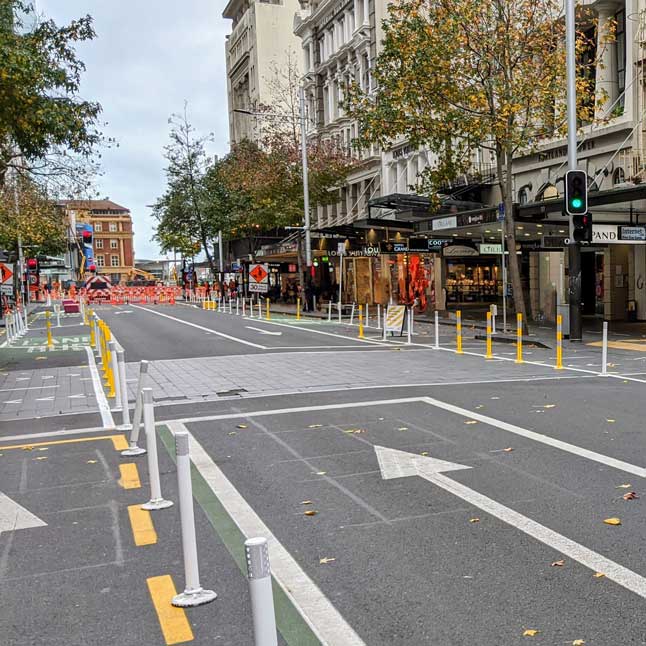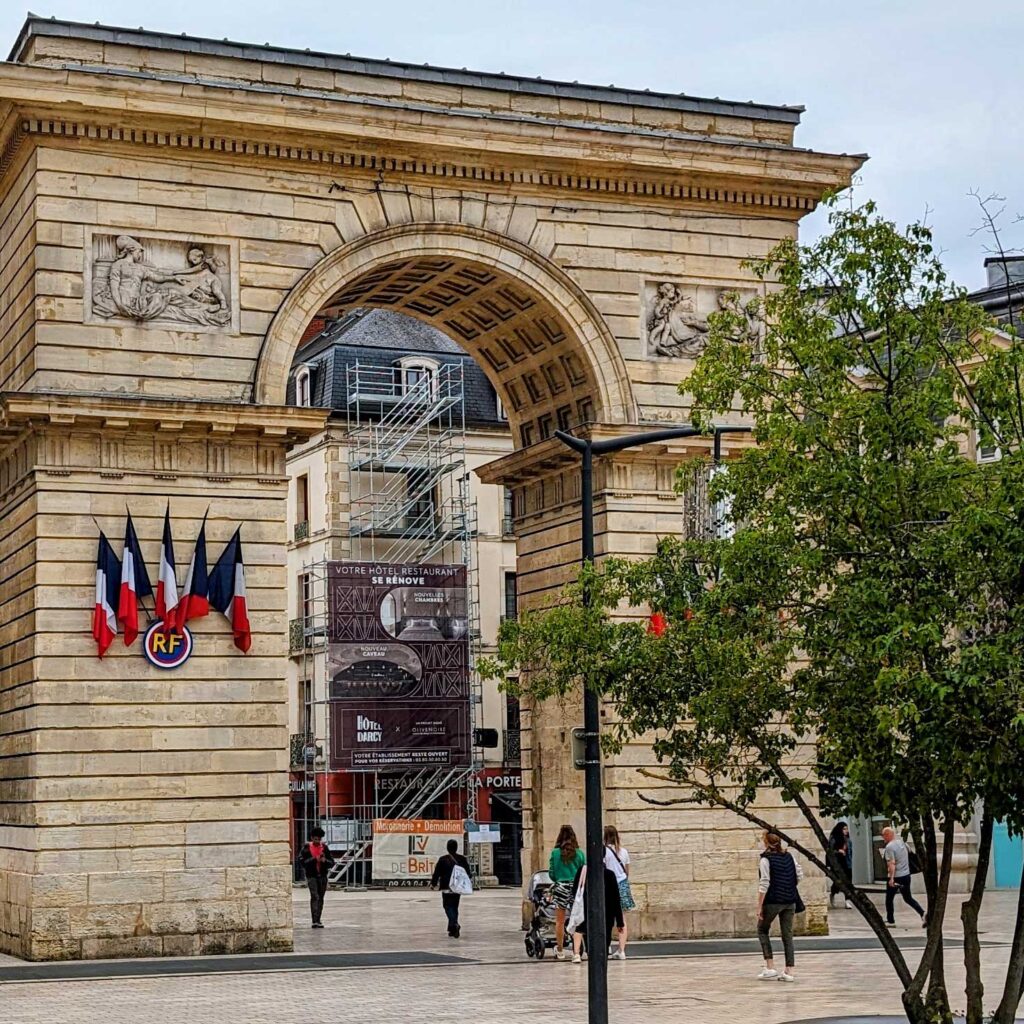The first government response to COVID in March 2020 was based on a recommendation from an “expert” who said “we have used a relatively simple model, which effectively treats New Zealand as one big city where anyone has the chance of infecting anyone else in the country” Lock down everyone everywhere, even though the virus had a single point of entry (Auckland International Airport) and was transmitted by what might be called degrees of separation – meaning it was more likely have an outbreak in a Samoan church in Mangere (because its churchgoers would include people who worked at the airport or MIQ) than a sheep station in South Island.
However, eventually the government realised the side effects of national lockdown were having far greater adverse effects, thus national lockdowns have been superseded by alternative measures. Despite the moving target, the basic lesson learned from the middle ages remains valid:
If a bubble is necessary, better to lock the gates and allow the internal local economy and society to continue to operate.


